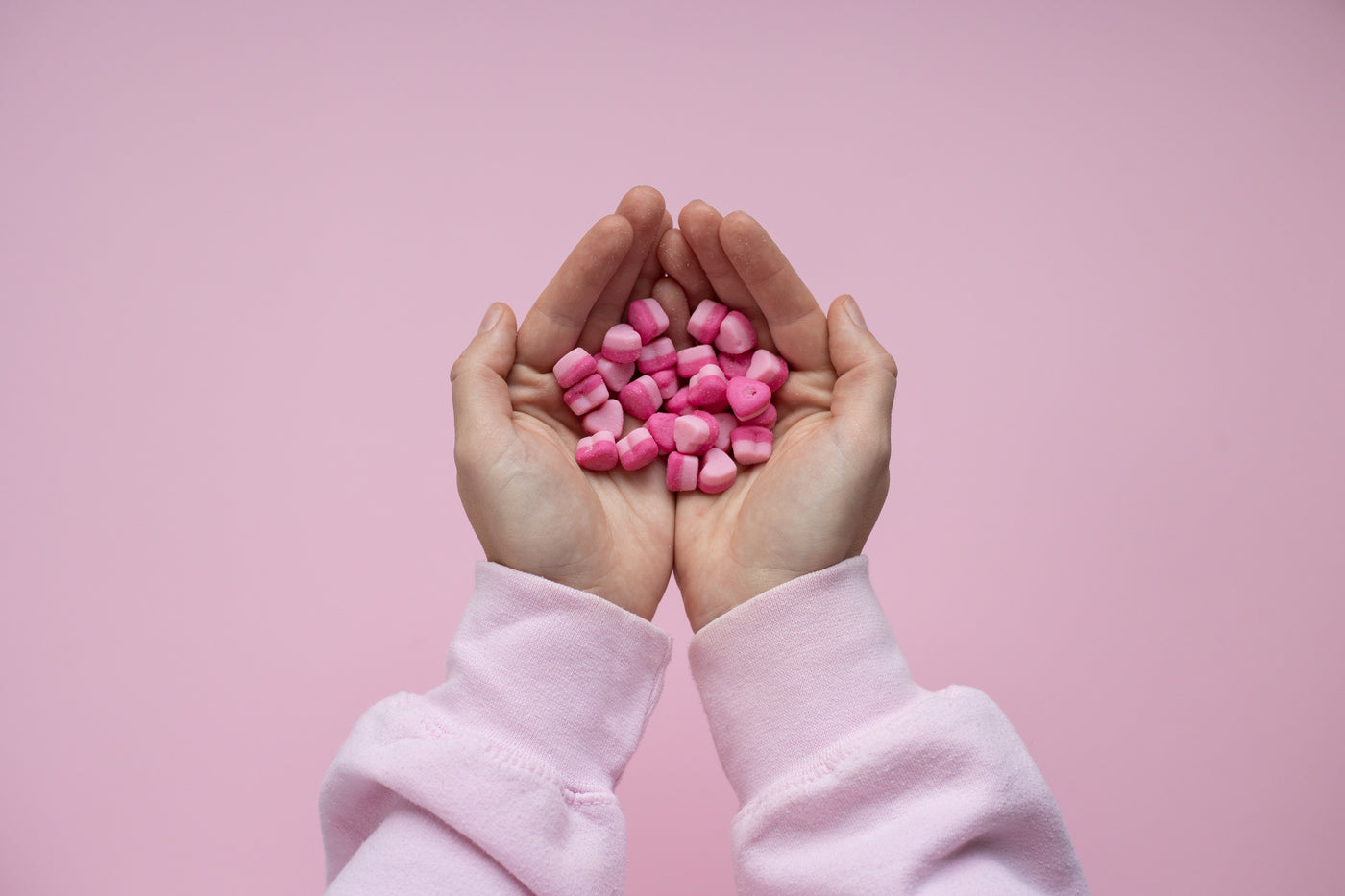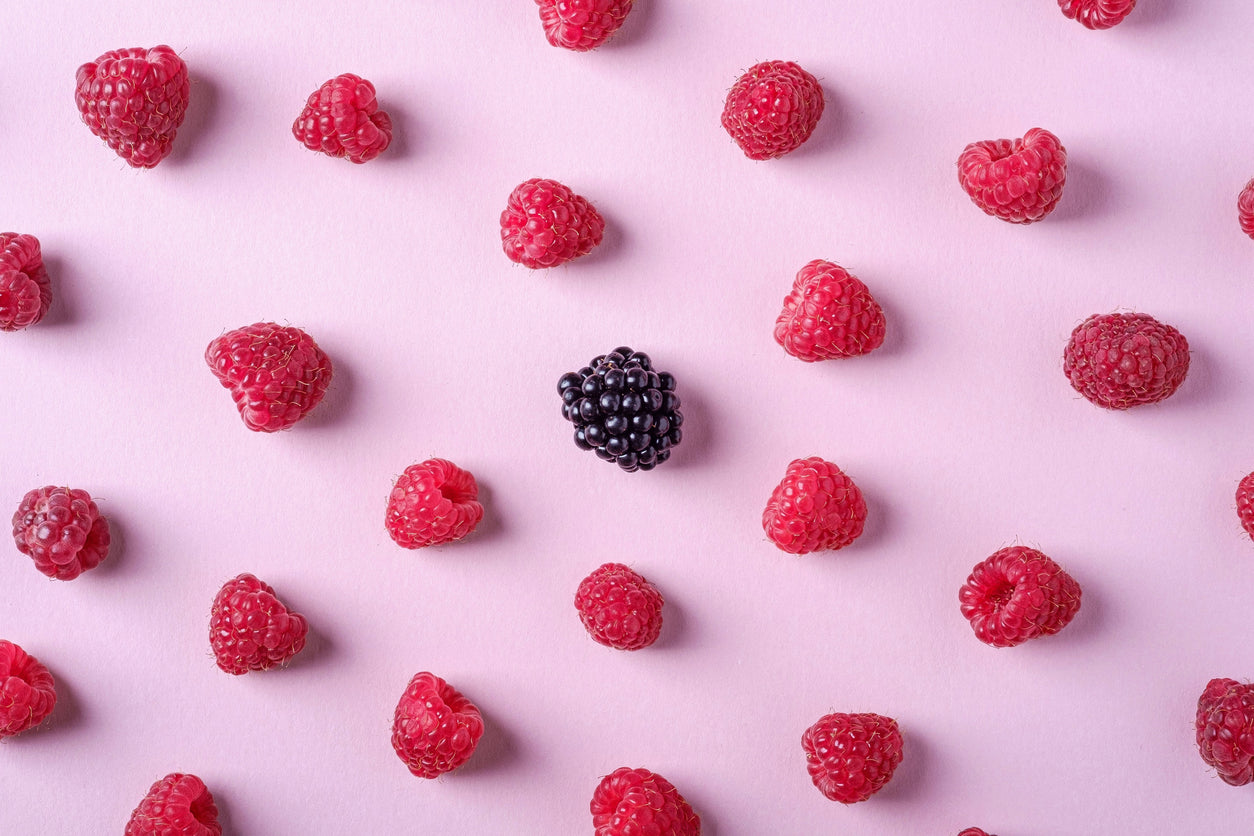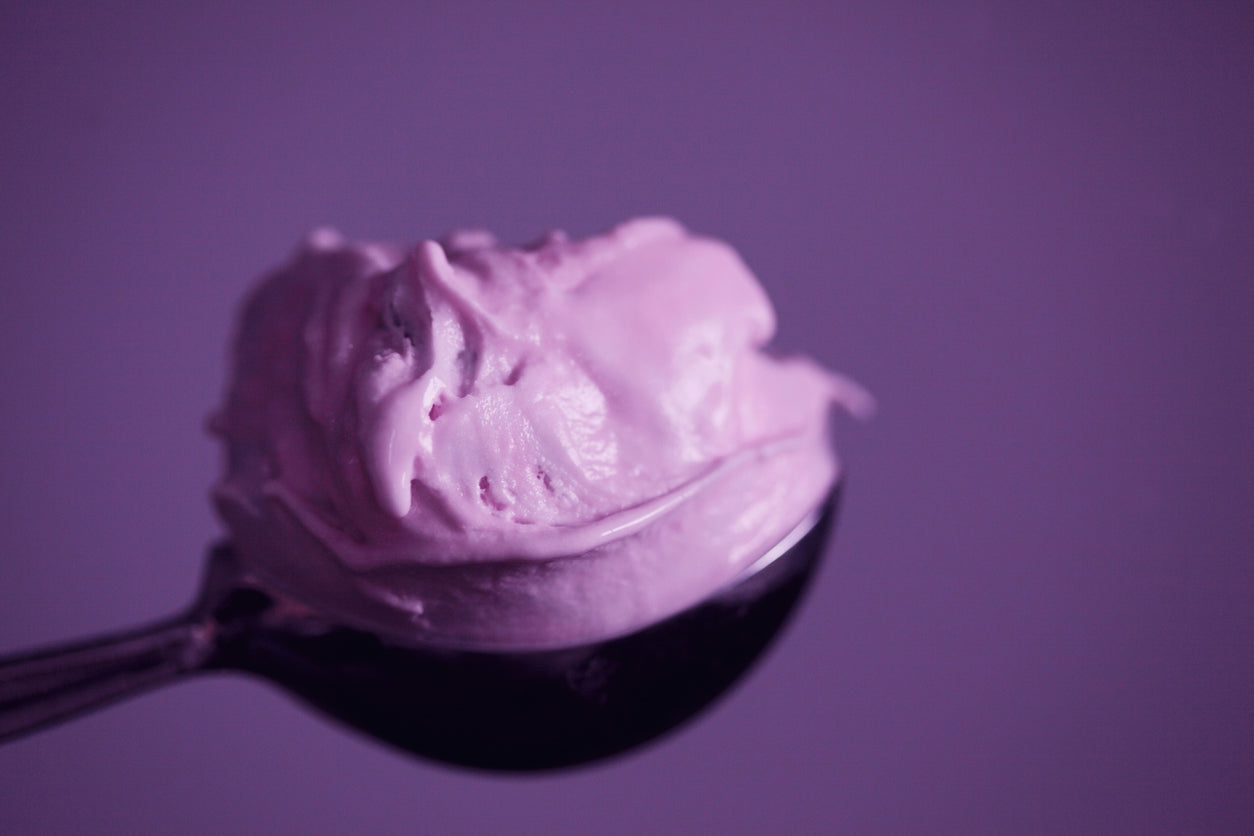You’ve made the life-changing decision to quit sugar. You’re excited, hopeful, ready for a new stage of your life.
And then the sugar withdrawal symptoms creep in, and it suddenly feels like your body is punishing you for having the audacity to be better. What gives?
Our bodies love consistency, and they love the dopamine rewards from sugar even more. Take that away, and not only does your mindset have to adapt, but so does your actual brain chemistry. That’s where the withdrawal comes from.
So, if you’re ready to finally kick that sugar habit to the curb and start a sugar detox, it’s worth knowing what you can expect as it can be temporarily disruptive to your life.
You can expect to face four stages on your sugar detox journey:
1. You start, ready to become your best self
2. Cravings kick in, tempting you to the dark side
3. Withdrawal symptoms (may) challenge you to a final battle
4. You’re reborn healthier, energised and sugar-free!
Now let’s explore the symptoms, the sugar withdrawal timeline and how you can manage the side effects without bingeing until they stop.
What Exactly Are the Sugar Withdrawal Symptoms?
After quitting or cutting back on sugar, you may start to experience some unwanted side effects, both physical and mental.
Everyone’s body will react differently, but these are only temporary and usually mild, going away as your body adjusts to the lower sugar intake.
Physical Symptoms
While adjusting to a lower sugar intake, you may feel run down and experience almost flu-like symptoms, including:
- Headaches
- Feeling low energy or fatigued
- Dizziness or lightheadedness
- Nausea
- Muscle aches
This is often referred to as keto flu, which is typically experienced by those on the ketogenic diet, where your body transitions from burning sugar to burning fat for energy.
Mental Symptoms
Cravings for sweet foods and carbohydrates are the big one here and can be rather intense. You may also experience:
- Difficulty concentrating
- Brain fog
- Irritability
- Anxiety
- Depressed mood
- Mood swings
- Changes in sleep patterns
The thing is, many of these temporary symptoms, like fatigue, anxiety and the dreaded sugar headaches are also caused by overeating sugar. We’ve all experienced a few sugar crashes. So if you’re damned if you do and damned if you don’t - you might as well quit.
How Long Do Symptoms Last?
Everyone’s body will react differently to changes in their sugar intake. This means that the nature, strength and length of your symptoms can completely vary depending on how much sugar is in your diet before you quit.
Your symptoms could last a few days or a few weeks.
During this time, you’ll be vulnerable to binge eating behaviours as you’ll be craving sugar more than usual. A binge will not only spike your sugar levels but likely leave you frustrated and angry - which we obviously want to avoid. This is where Killa Vanilla can help, satisfying those cravings without setting you back.
It’s worth noting, however, that your withdrawal symptoms might not always be related to sugar. If you suspect they aren’t, your symptoms are severe or they last for an overly long period of time, you may want to consult with a doctor.
How to Manage the Side Effects
1. Time it right
If you’re planning on going cold turkey (and it’s okay if you don’t), try not to do this at a time when you’re super busy with important life stuff and need to be at your best. Instead, think carefully about when you’re going to quit sugar.
This way, if you do experience flu-like symptoms or a drop in concentration, the disruption won’t have as much of an effect on your life, work etc. as it would otherwise.
2. Cut back, one added sugar at a time
Going cold turkey can be very difficult and isn’t the best option for everyone. Instead, consider eliminating or cutting back on just one source of added sugar in your diet at a time. Not only are the more manageable goals more likely to succeed, but you’ll lessen the intensity of sugar withdrawal symptoms and build healthier, more informed habits.
Start by listing out everything you regularly eat and drink, and then identify any easy opportunities to swap out sugar. You might switch one of your daily fizzy drinks to a sugar-free option or water. You could add less sugar to your tea or coffee. All of these things compound over time.
3. Stay hydrated
It’s a good rule of thumb that whenever you have a headache, you should drink lots of water. The majority of the time, headaches are caused by dehydration, meaning it might not even be sugar withdrawal at all. If you do have a sugar headache, being dehydrated will only make it worse, so be sure to drink plenty.
As a bonus, water fills you up, so it may help with combatting those cravings disguised as hunger pangs which themselves are actually just thirst.
4. Exercise regularly
Adding more exercise to your lifestyle can take the edge off those intense cravings. You know how when you exercise, you just feel better and happier? Exercise releases endorphins that make you feel good and reduce stress, and since stress can often lead to cravings or bingeing, this is exactly what you need.
Exercising also increases your energy levels, combatting the symptoms of fatigue and often clearing brain fog. When cravings kick in, why not try a 15-minute walk?
5. Get some sleep
Good news! With less sugar in your system, you can expect a much better night’s sleep, every night. It’s still up to you to get yourself to bed at a reasonable time though. This is super important during the sugar withdrawal and cravings stage as sleep deprivation can alter appetite-regulating hormones, making cravings more intense.
Getting enough sleep can pretty much combat all withdrawal symptoms, reducing fatigue, boosting your mood and improving concentration.
6. Add more protein and fibre to your diet
Both high protein and high fibre foods leave you feeling fuller for longer, regulating your appetite and helping you resist the temptation to binge or snack on something sweet. Protein can help boost your energy, while fibre helps regulate your blood sugar.
Protein and fibre-rich foods include fatty fish, lean meats, eggs, high-fibre vegetables, beans, legumes, and nuts.
Final thoughts
Now you know exactly what to expect, we understand if you’re a little hesitant to begin your sugar-free journey - it can be difficult. That’s why we created Killa Vanilla as a tool to help you break free from your sugar addictions.
Killa Vanilla is a simple yet effective craving-killer that combines neuroscience and habit change to help you break the cycle of sugar binges in just three months. With our method, you gradually lower your sugar levels over time, minimising sugar withdrawal symptoms.
And if you do want to take the plunge and go completely sugar-free immediately, using Killa Vanilla will reduce your cravings during your withdrawal period.










